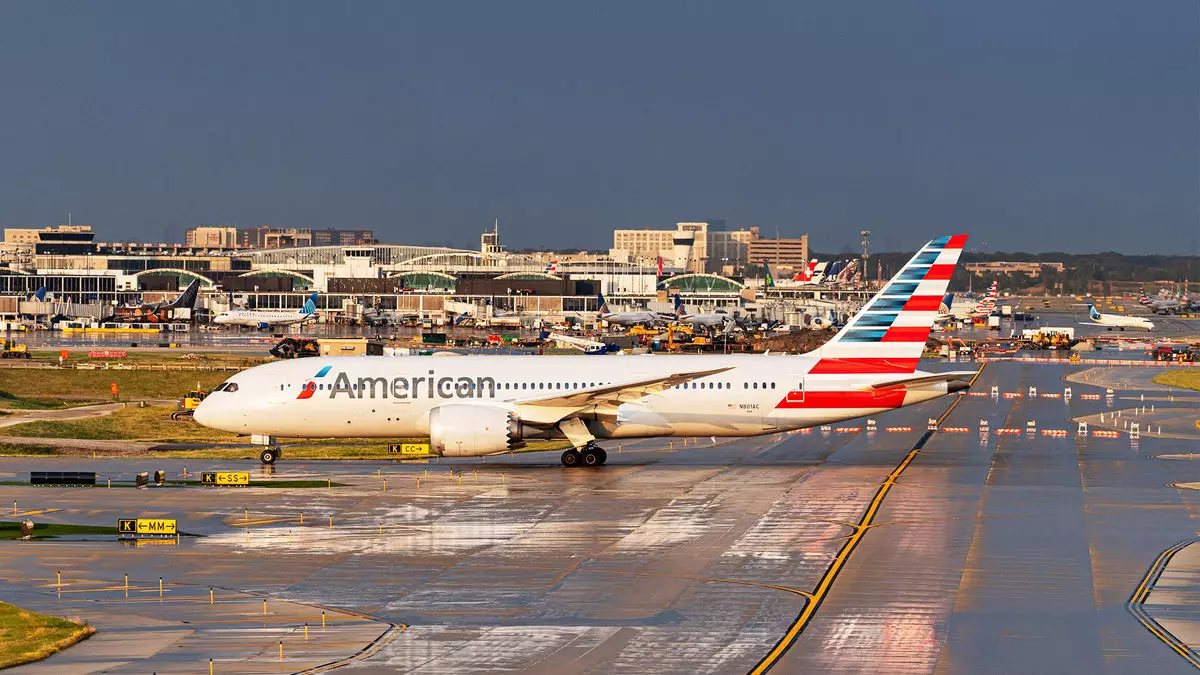American Airlines’ recent financial trajectory underscores a critical lesson in balancing innovation with foundational revenue streams. The airline’s aggressive push to prioritize direct digital channels—website, app, and NDC-enabled platforms—initially brought notable cost savings and positioned it as a modern, consumer-centric carrier. Nonetheless, this transformation exacted a substantial toll on revenue, with an estimated $1.5 billion hit in the previous year alone. The decision to reduce dependence on legacy GDSs and trim corporate and agency sales support reflected a bold gamble: sacrificing short-term stability for long-term digital dominance. But such a shift, while commendable in its ambition, overlooked the essential relationships and revenue stability provided by established sales channels.
Critically, American’s experience demonstrates that no airline can afford to neglect its traditional sales networks entirely, especially when such channels underpin a significant portion of business travelers and corporate clients. The steep decline in industry share of indirect sales—down 11% at worst—highlighted a vulnerability that the airline had underestimated. While digital innovation is vital, it cannot wholly replace the nuances of personal relationships, tailored corporate sales strategies, and the trust that long-standing partnerships foster.
Strategic Recovery and Re-engagement: A Pragmatic Approach
The turnaround began with a decisive pivot in late May of last year, signaling American’s recognition that it needed to recalibrate its strategy. The re-investment into the sales force—hiring additional account managers and customer service staff—reflects a more human-centric approach that prioritizes relationship building. Restoring content to GDSs, once reduced dramatically, signals an acknowledgment that legacy channels still hold weight, especially for corporate clients who value flexibility and reliability.
American’s re-engagement effort appears to be paying dividends. The 10% rise in corporate sales during Q2 indicates that restoring trust and offering better service and content is more effective than a narrow focus on digital channels alone. This underscores a broader industry truth: the human element remains an indispensable component of high-value B2B travel sales. Modern airlines must strike a balance, leveraging technology but not losing sight of their relationships—an insight American has seemingly grasped late but well enough to make an impactful comeback.
Executive Confidence in Future Growth Amid Market Challenges
CEO Robert Isom’s optimistic commentary on the airline’s recovery trajectory is both a bold statement of confidence and a strategic positioning. He admits that the last few percentage points needed to recover the full indirect-sales share will be difficult, yet he firmly believes they are among the most profitable. This kind of strategic optimism hinges on American’s ability to capitalize on a shifting market dynamic—particularly the anticipated rise in ticket prices as capacity tightens and demand picks up.
American’s recent financial results portray a resilient company: a net income of nearly $600 million on a modest revenue increase, outperforming analyst expectations. Yet, underlying this success are challenges such as rising operating costs and a domestic market heavily reliant on economy tickets, which have been affected by pricing pressures. Despite these hurdles, American’s forecast of returning to near pre-pandemic sales levels by year-end captures a sense of resilience and recovery.
Market Positioning and Competitive Strategy
What distinguishes American’s approach moving forward is its strategic positioning beyond just operational recovery. The airline is actively investing in premium products and enhancing the customer experience—areas traditionally associated with Delta and United—and recognizing that capturing upmarket travelers is critical for sustained profitability. This focus on high-margin segments reflects a shift from purely cost-focused strategies to one that emphasizes customer loyalty through quality service.
American is also betting on a broader market recovery, with ticket prices expected to gradually ascend. The decision to reduce capacity and tighten the market is part of a calculated effort to restore profitability, especially in a domestic environment burdened by low fares that have constrained margins. This cautious yet aggressive stance towards capacity management and premium service expansion signals a clear push to differentiate American in a highly competitive landscape.
American Airlines’ recent strategic pivot offers a compelling narrative about navigating recovery in a turbulent industry. It underscores that technological innovation and digital channels, while vital, cannot entirely eclipse the importance of maintaining robust relationships with corporate clients and the traditional sales infrastructure that sustains them. The airline’s willingness to adapt—rebuilding its sales teams, restoring GDS content, and investing in customer experience—demonstrates a pragmatic leadership style willing to recalibrate when necessary.
By aligning its operational focus with market realities and consumer preferences, American appears to be setting a course for sustainable profitability rather than relying solely on digital momentum. In an era where market conditions fluctuate unpredictably, American’s resilience will ultimately depend on its ability to balance innovation with relationship management—an insight that other carriers would do well to emulate.


Leave a Reply